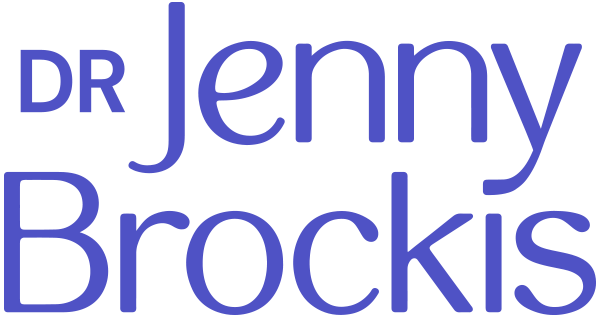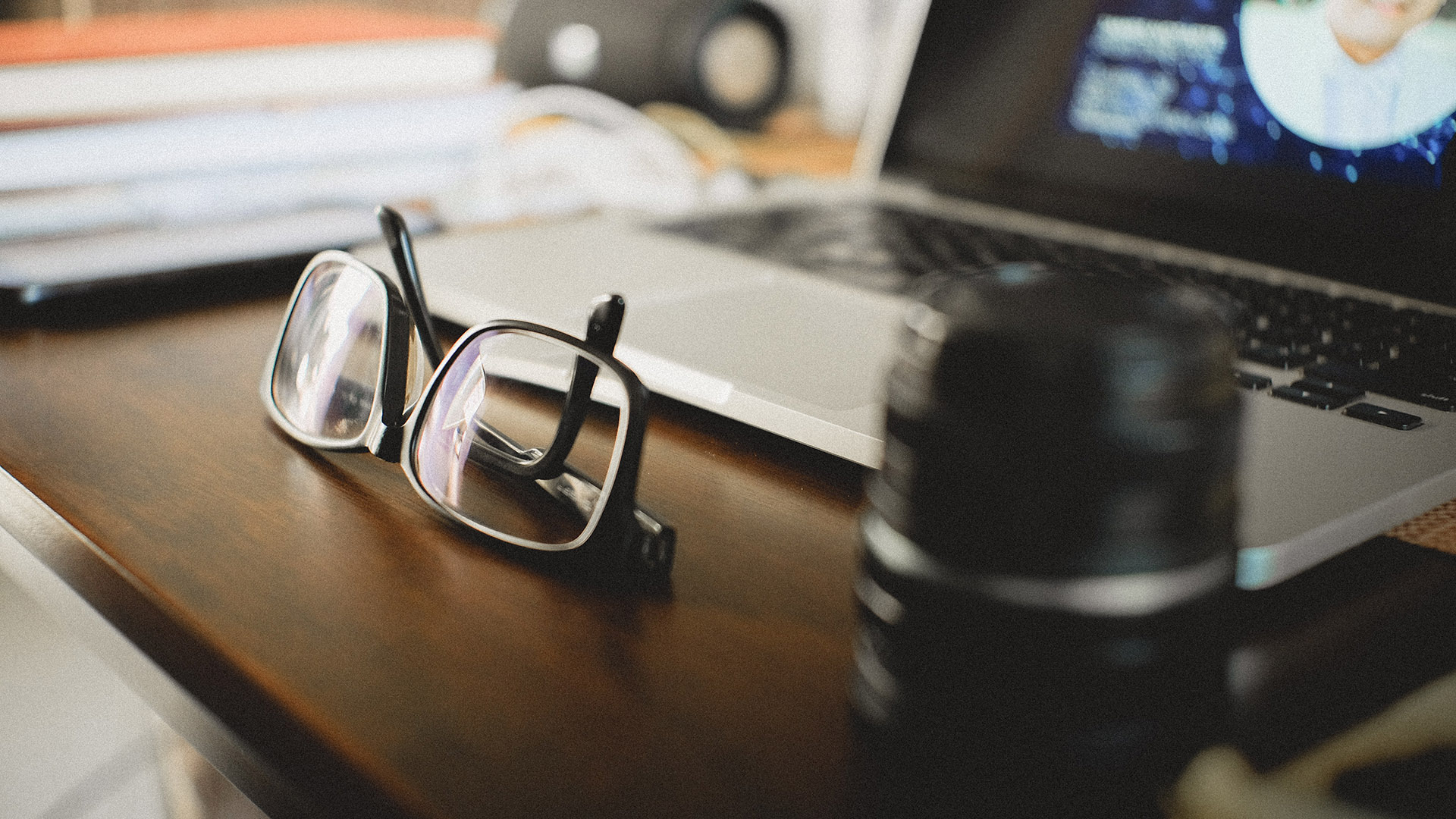Since we were asked to work from home (WFH) the one thing that has surged has been the number of Zoom meetings, Microsoft Team meetings, Skype calls, Google Hangouts or time spent on Facetime.
While it’s fabulous to have the technology that allows us to connect at a time when we’re required to physically distance and self-isolate, it’s been a challenge to deal with the downside of when it starts to have a detrimental effect on our focus and productivity.
In a recent blog, I addressed the reason for our brain fry – the emotional exhaustion of having to deal with the countless changes we’ve had to adapt to rapidly plus the new way of virtual communication. The technology itself isn’t new, what’s changed is how much we are using it because it comes with a cognitive cost.
I recently was asked to deliver two half-day workshops for a client. Great, I love delivering workshops. Only now, courtesy of Covid-19 these had to be delivered virtually.
It’s one thing to get lost watching a film – but even with the most gripping of storylines, by the two-hour mark, most of us are ‘done.’ My challenge here was how to ensure the audience didn’t fall into a screen induced coma over the three and a half hours allocated to the event.
The result?
Less information was shared over the time period to ensure everyone got lots of breaks to take their eyes away from the screen to grab a coffee, go to the loo or whatever. I’ve discovered breakout rooms are a godsend – as much for the presenter as the participant – providing time to talk, reflect and consider the point being discussed.
But even with all the breaks, the consumption of copious amounts of water to wash down the snacks of bananas and nuts, by the time we were finished I was exhausted – to the point where I had to have a lie down to recover!
The moral of the story is that translating what used to work in various aspects of our work has to be reimagined on our virtual world. For learning, I’ve found breaking down the key points into really small chunks delivered over forty-five minutes to one hour is plenty long enough to avoid brain fry and that horrid gritty red-eye feeling.
Why our virtual interactions are so taxing on the brain.
- If you’re on a Zoom call with your team or your boss and everyone’s face is on camera, there’s no escape. You have to look as if you’re paying attention and you’re also seeing how others see you. Yikes! If you’re concerned about your online appearance (and it is important to give the meeting the respect it deserves by getting dressed, brushing your hair and applying your lippie or mascara, if that’s how you would normally present in the office), constantly readjusting your position on screen, trying to look attentive and smile throughout the session, this is chewing up your mental bandwidth you’re sharing with the actual content you’re supposedly engaged with.
- “Your internet connection is unstable.” The joy of having to cope with audio breaking up, the screen freezing or the internet connection dropping out altogether is tiresome and tiring. Trying to interpret what your colleague just said especially if their frozen mouth-open countenance gives you little to no clue to what they meant can be tricky. We try hard not to guess wrong. Because we rely a lot on visual cues – facial expressions and hand gestures – when these are missing in action your brain has to work extra hard filling in the gaps with its own narrative.
- We’re sometimes encouraged to have everyone’s face on the screen rather than just the person currently talking and a couple of others. While this is manageable in small groups of six or eight, taking in multiple images is like trying to watch all the different programs on television simultaneously.
This results in us entering a state called continuous partial attention where we’re paying superficial attention (at best) to the number of sources of incoming information because we don’t want to miss out on anything important. This term was coined by Linda Stone and she’s careful to differentiate it from multitasking which is associated with rapid task switching.
The risk here is that it adds to our stress levels that can lead to greater anxiety and mental exhaustion. - We engage with too much blue light. Blue light is emitted by our laptops, tablets, eReaders and smartphones. Its short wavelength has a biological effect on the brain disrupting our circadian rhythm and production of the sleep-enhancing hormone melatonin. The longer we spend engaged with a screen over the course of the day, the greater the effect. It’s not just the blue light, all that mental energy expended while interacting with a screen adds to the difficulty of falling asleep and the associated sleepiness the next day.
Ways to enhance your attention
If brain fry and Zoom exhaustion are getting you down, it’s time to consider the alternatives.
Remember, we’re all different. If you’re not having any problems and are happy to Zoom away all day, that’s great. Just be mindful that when others are – there’s a physiological reason for their difficulty. Think of your attention as a finite resource that renews itself automatically each day. Keeping your attention engine running all day long without insufficient downtime away from the small screen contributes to the screen fatigue, frustration and anxiety that can get in the way of your productivity and happiness.
Treat your attention as a sprint not a marathon. After each sprint, take a break.
Choose how much video is enough.
Where possible, determine which online connections do require video. If it’s a quick catch up with a colleague, maybe audio alone is sufficient.
If your new work schedule requires multiple video interactions per day – chat with your boss if it’s causing you an issue. It might be a problem for them as well. Not EVERYTHING needs a video feed.
Try a walkie-talkie meeting instead.
I wish I could remember who first told me about this strategy because it’s a great one. I’ve always found walking meetings great for stimulating deep and meaningful conversations. The only difference here is you’re walking alone and engaging with the meeting with your colleagues via your phone.
Getting out and about means you’re also getting some exercise – hurrah a bonus, especially as exercise helps to boost your attention skills, and if you’re walking in a green space – double bonus!! Getting into nature for two hours a week as a minimum has been shown to boost our mental wellbeing. You’ll come back from your meeting feeling more energised, less stressed and ready to get back into some focused productive work.
Find the balance in your attention management strategy.
If you’re someone who works best in a quiet space in specified chunks of time, make sure you allow sufficient time after a Zoom call to defrag and refresh before getting back to work. This might look like taking a 15-20-minute coffee break, walk around the garden or chat with your partner. Taking more short brain breaks across your day will ensure you have the energy and attention needed for that detailed work you’re doing.
Minimise other distractions and interruptions. I get this can be a challenge if the kids are at home and you’re attempting to stay focused on your work while you can hear all the noise from the other side of the wall. If you’re constantly reacting to Geoffrey and Jemma who are engaged in World War III next door, save your breath and your sanity by choosing to do your work a bit later.
Enhance your attention with mindfulness. While mindfulness is often used to reduce stress and anxiety it’s also very effective for enhancing your ability to pay attention and clarifying your thoughts. Whether you practise for 10 minutes or an hour each day, the benefits of greater focus and calm will be realised within a short time.
Taking back control of your attention when working from home is about looking at what’s possible in your environment; letting go of perfection and seeking ways to stay engaged, on task and avoiding zoom exhaustion.
It’s about being adaptive, flexible and curious to what will help you work better and stay fit and well at the same time. Developing a Thriving Mind is in your control and will help you prepare for what’s around the corner.


